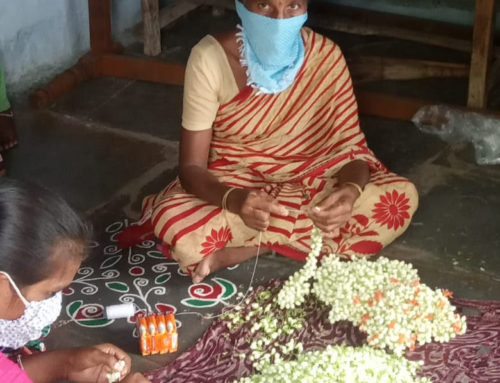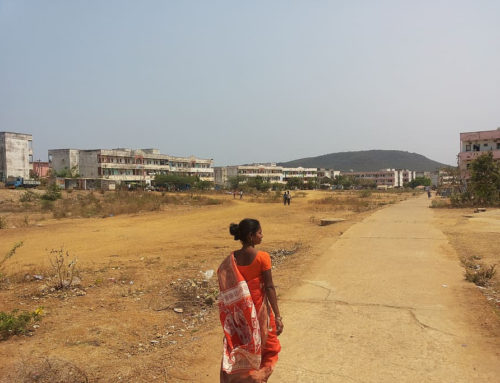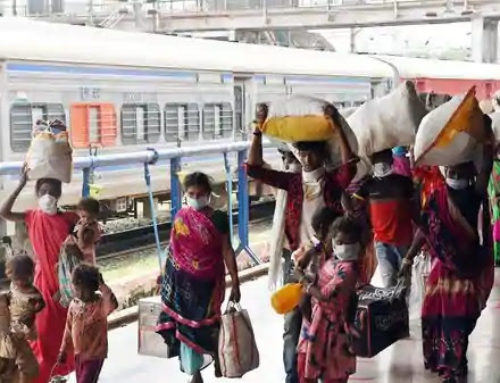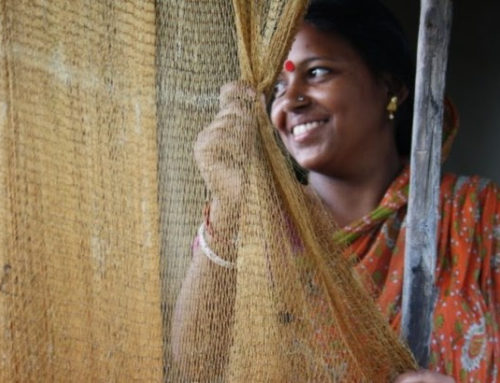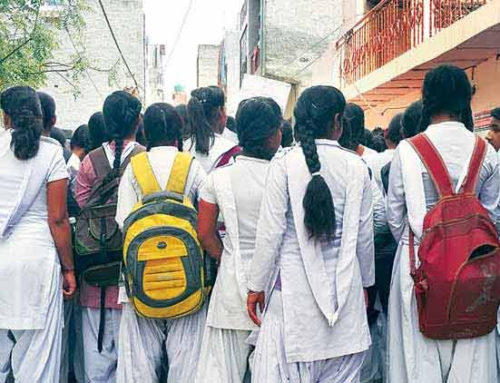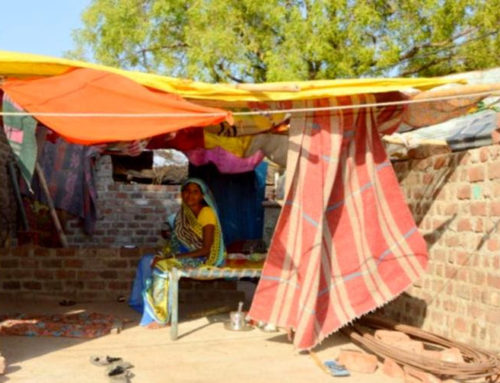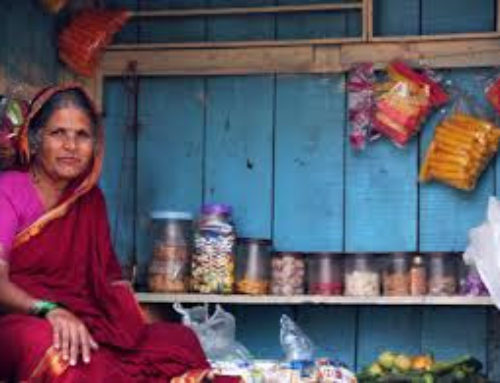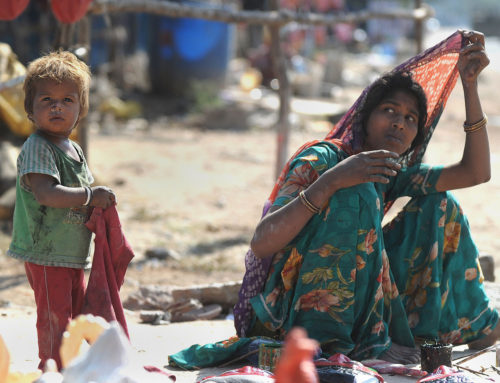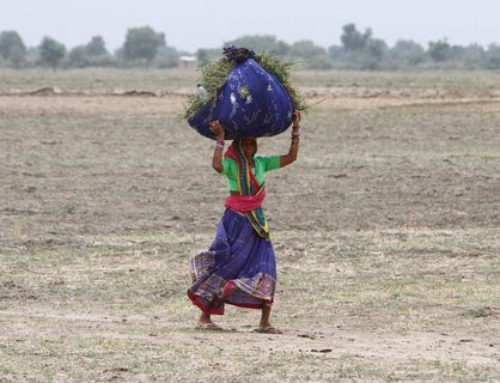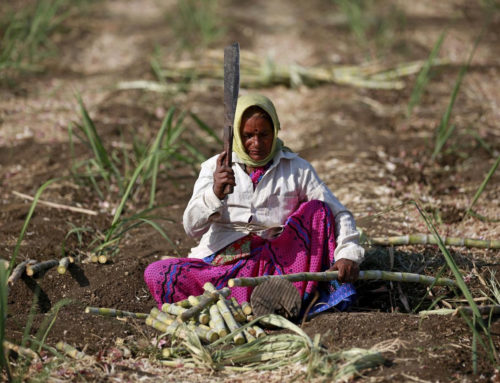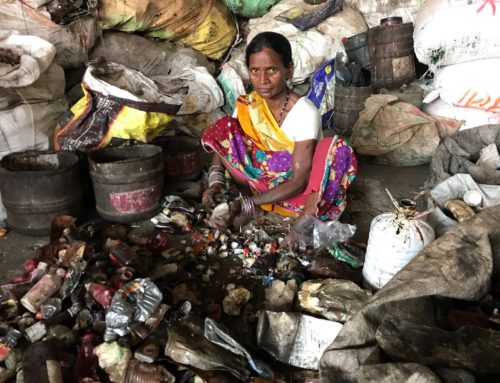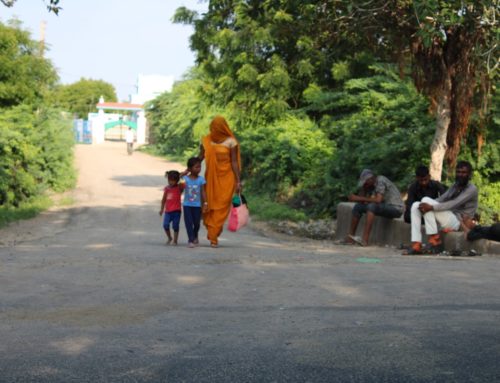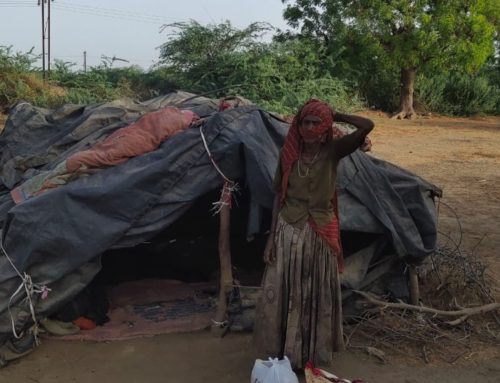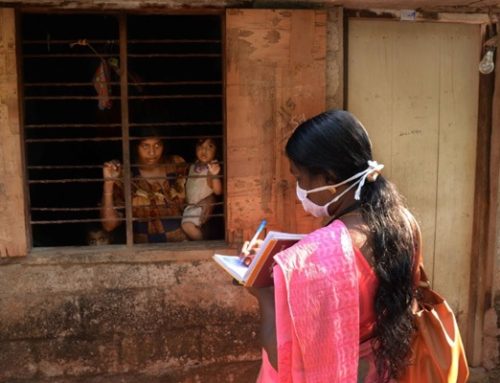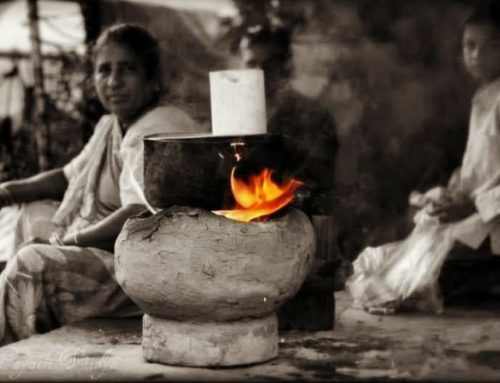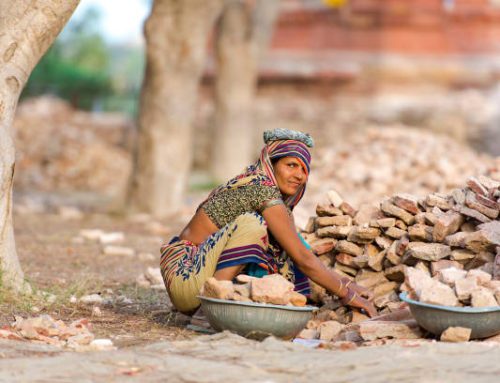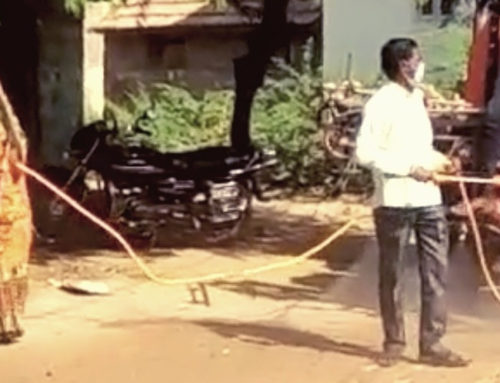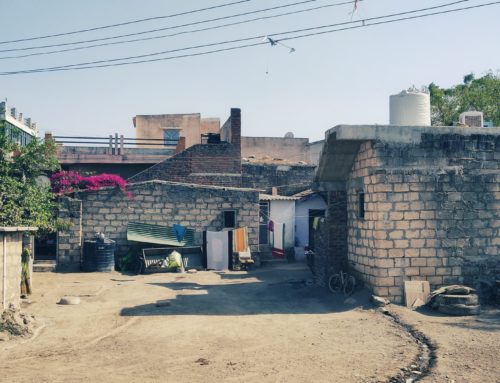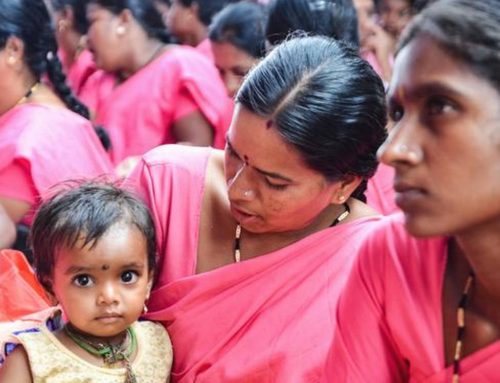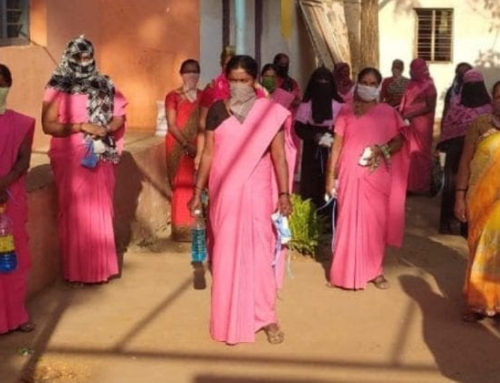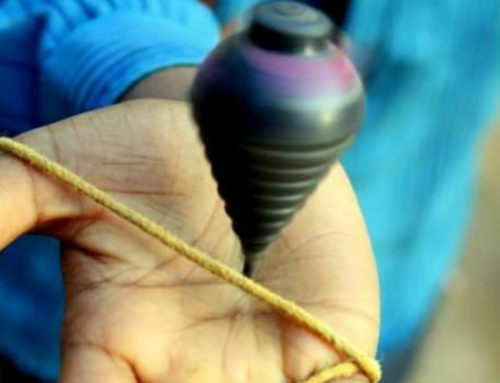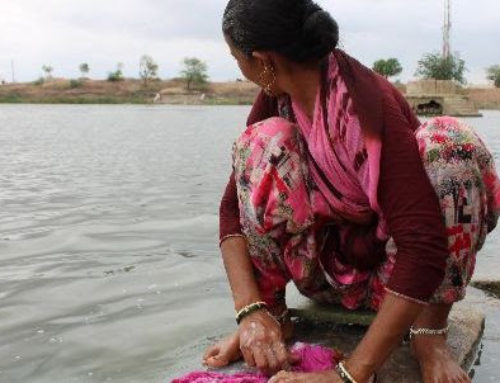Mongiben has been paralyzed in the right hand ever since she was a child. She learned to function like anyone else despite her disability – from cooking meals to rearing children to even contributing to her household financially by being an agricultural labourer. Mongiben’s three children are a big help to her though. Her 16-year-old son who is a student doubles up as an agricultural labourer in farming season along with his studies. Her 22-year-old daughter who has studied up till grade 5 also goes to the fields to contribute to the family while, Anjali, her youngest stays home to take care of Mongiben’s husband.
Mongiben’s husband, who is now 50, has worked on a farm all his life. But with his paralysis six years ago, he has been a complete dependent – his condition severely deteriorating with each passing day. He now requires complete and continuous care with all his chores – from bathing to drinking tea.
Along with being a labourer, Mongiben rents a field as a sharecropper and does work tying bedsheets for which she gets between Rs 5 to Rs. 8 per sheet. Her two daughters help with this too. They did this for a month of lockdown when they did not have any other work and got a sum of Rs. 2,500 together. They did not get more of this work through the lockdown. For her shared land, Mongiben invests for input and labour and gets 25% of share against that. This year they grew cumin but the production was much lower than before – they only produced 45 quintals which makes Mongiben’s share 11 quintals. Since the markets are low, it is selling at a much lower price – than Rs. 2,000/ quintal. Mongiben has the financial acumen to wait for prices to go up– for if she sells now, she is likely to experience a major loss. She spent 30,000 as against which she would make only Rs. 22,000 if she sold her produce at the current rate.
With that money stuck and zero income in the month of May, the family had to make a lot of adjustments in order to stay afloat. Other than cutting down on food and milk, Mongiben also stopped taking her lung medicine from a private hospital which cost her Rs. 1,500 per month – a step which is affecting her health drastically. The ration provided by the government is not enough to feed the entire family because of which they have had to buy food supplies on credit.
Although there is a toilet in the house, the women in the family practice open defecation. They go into the fields as a group with no adherence to social distancing. It is also hard to follow social distancing when women go to the pond to wash clothes or when they go the well to draw water. These chores which are predominantly performed by women have very little scope for following rules such as social distancing. Women, obviously, have no way they can wiggle out of these tasks making them more susceptible to impending health dangers.
While there is no cure or escape from these, the family was looking forward to the agricultural season to begin soon enough to be rid of their financial woes. However, that hope has been in vain. With people returning back to the families from cities and enforcement of social distancing norms by police in the village a lot of people who earlier hired labour are now themselves tilling the land. Monghi ben is despairing at the prospect of her family being trapped into further debt, something they may not be able to emerge out of.


